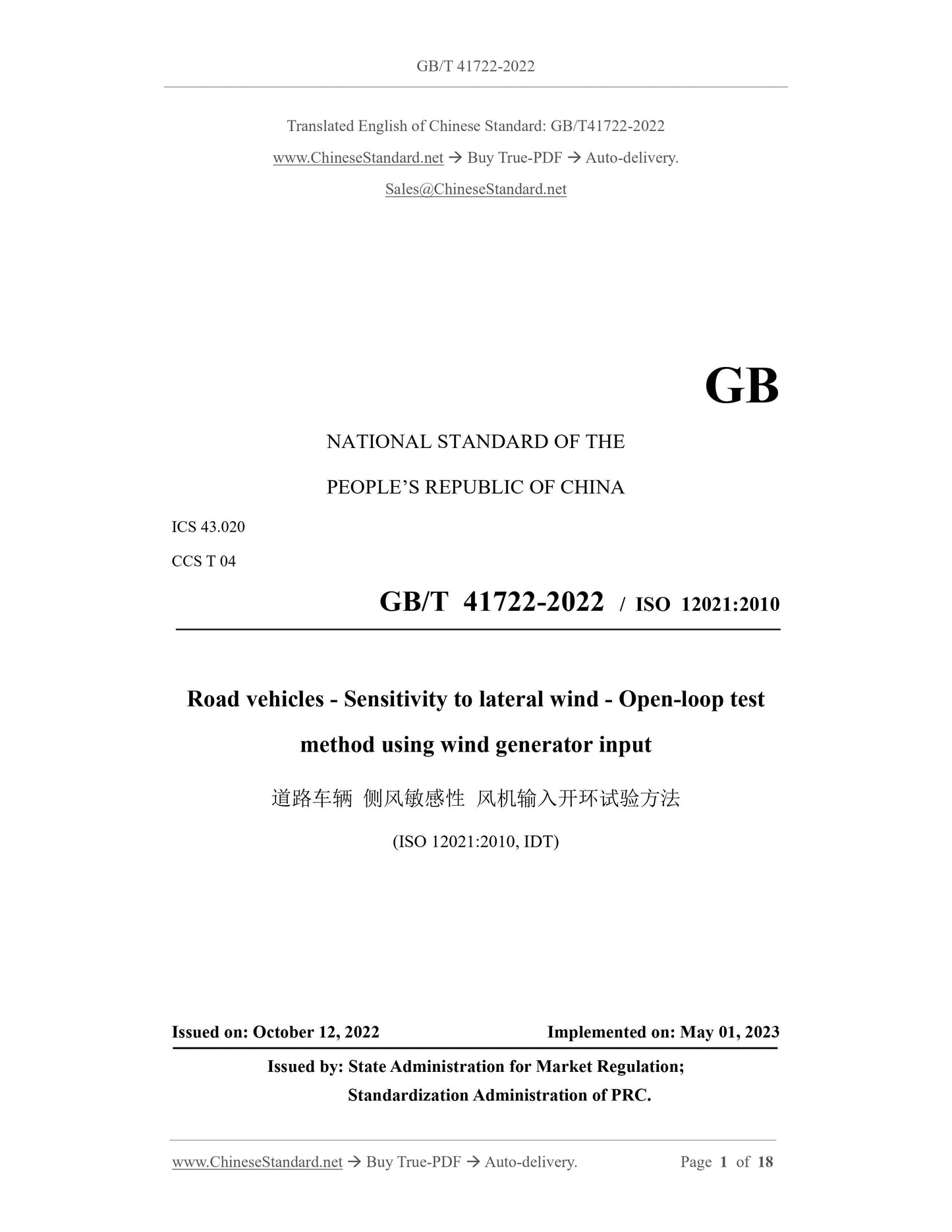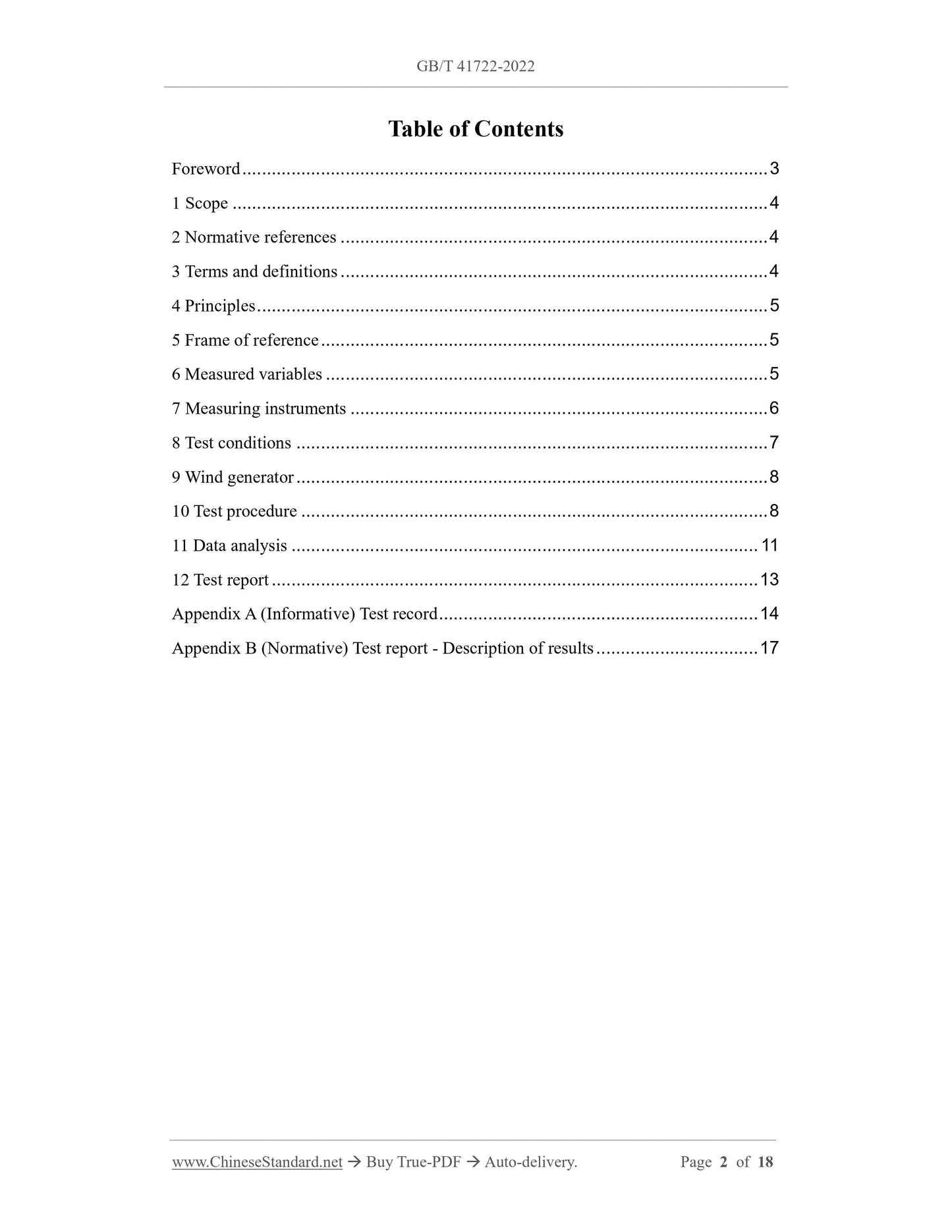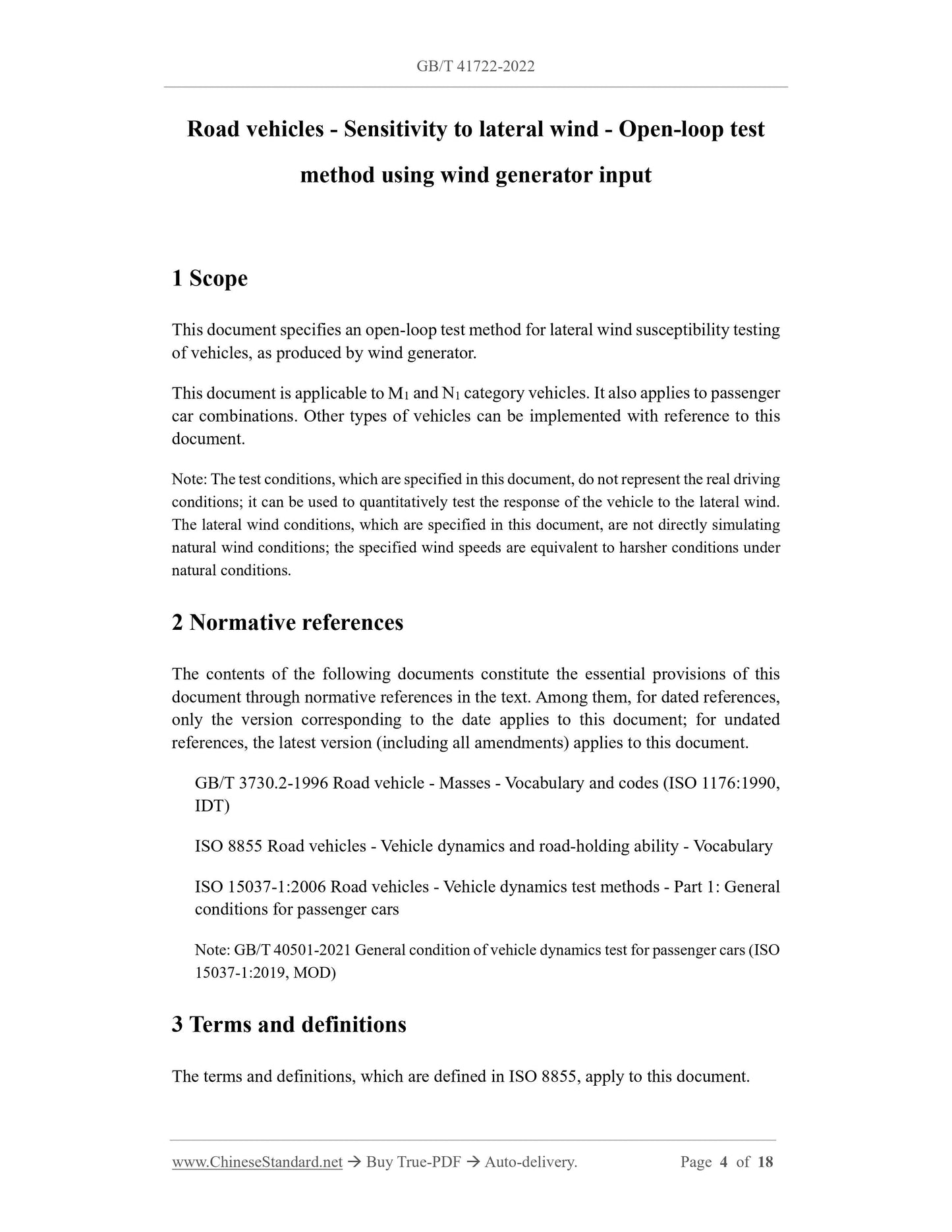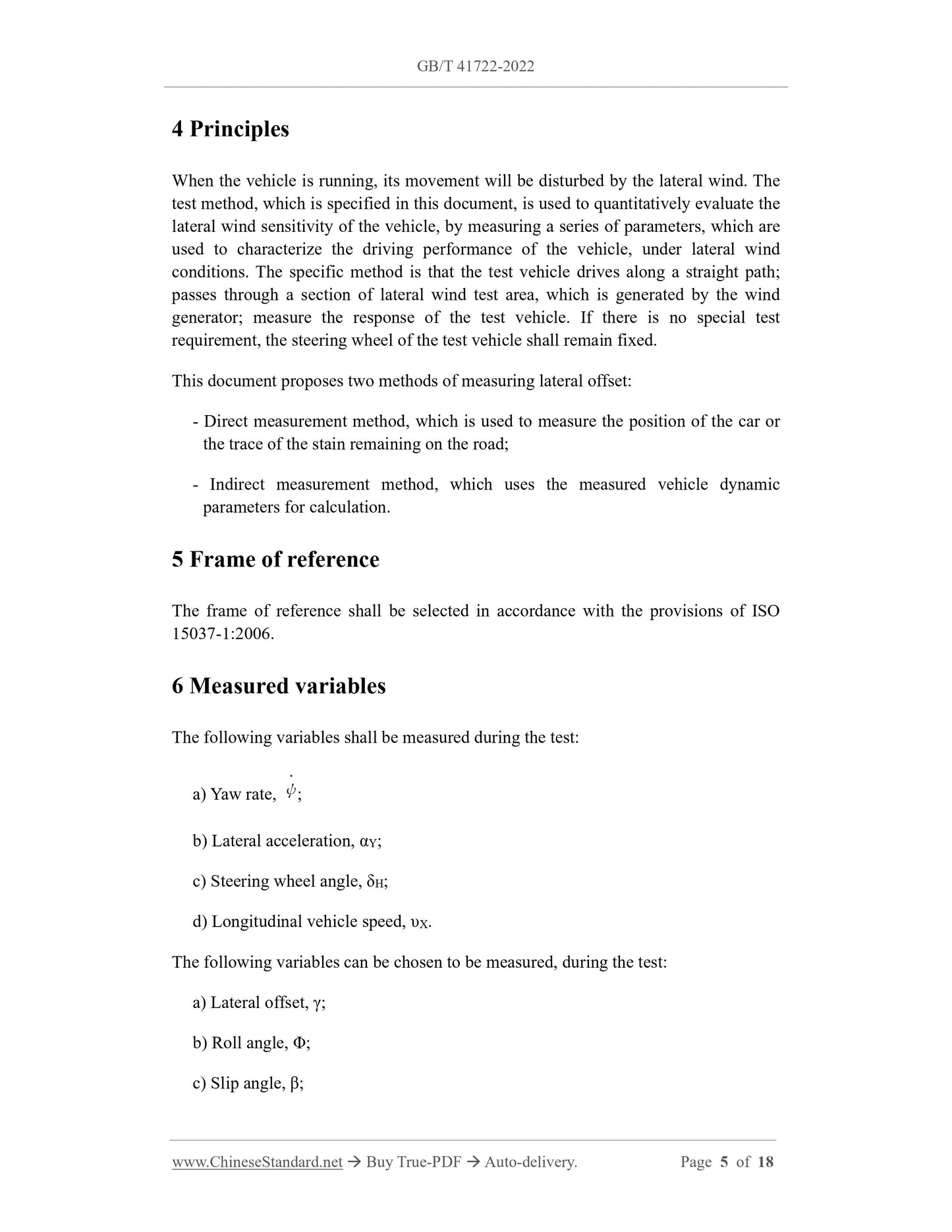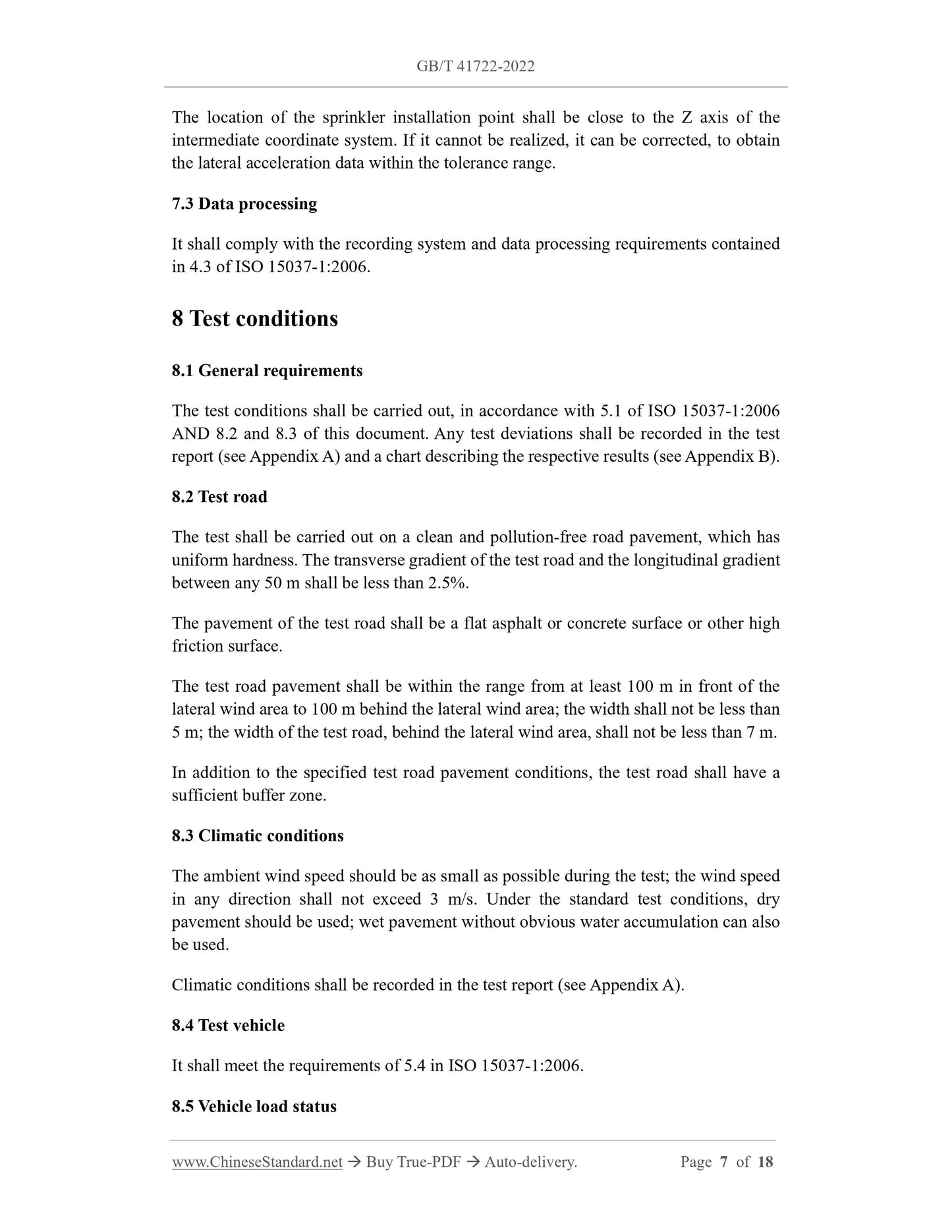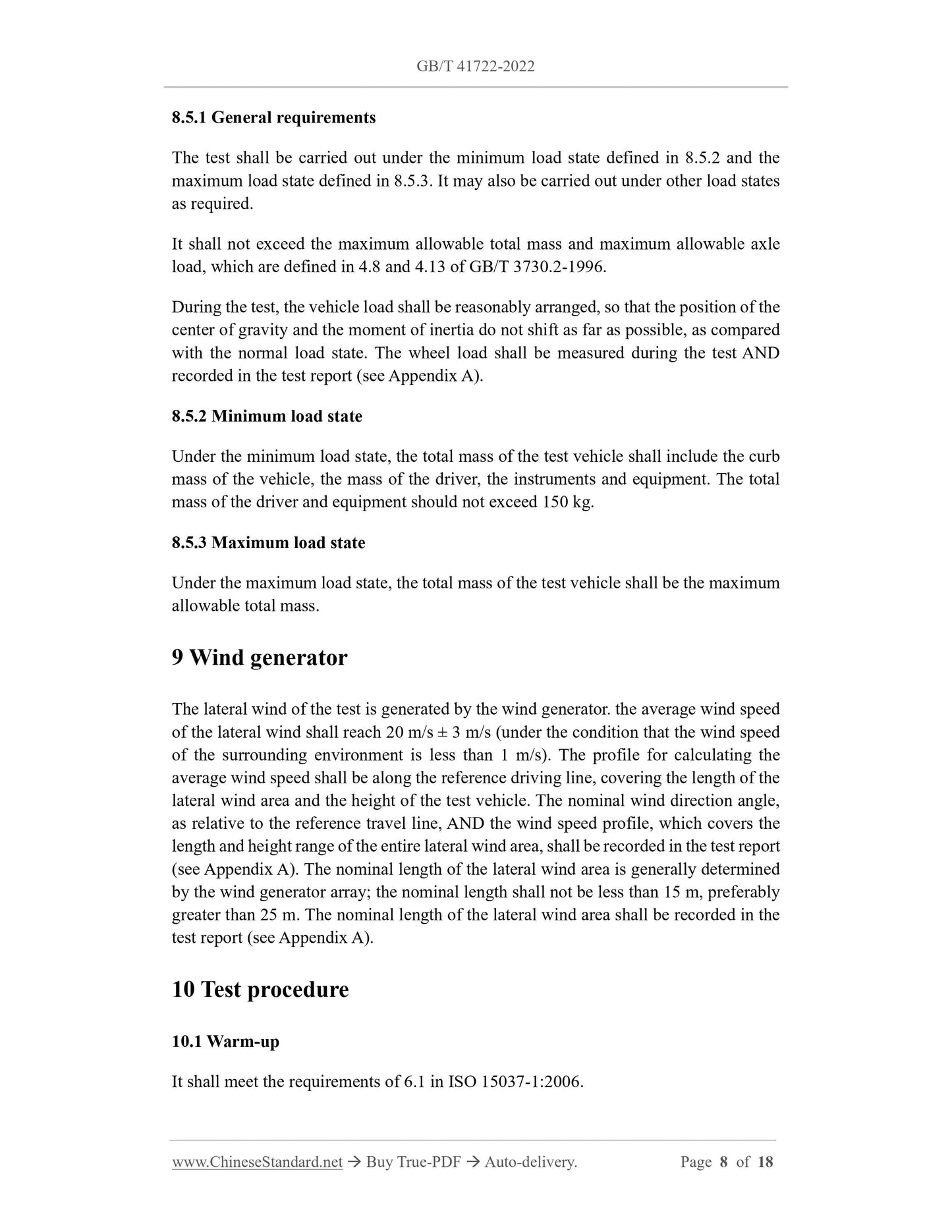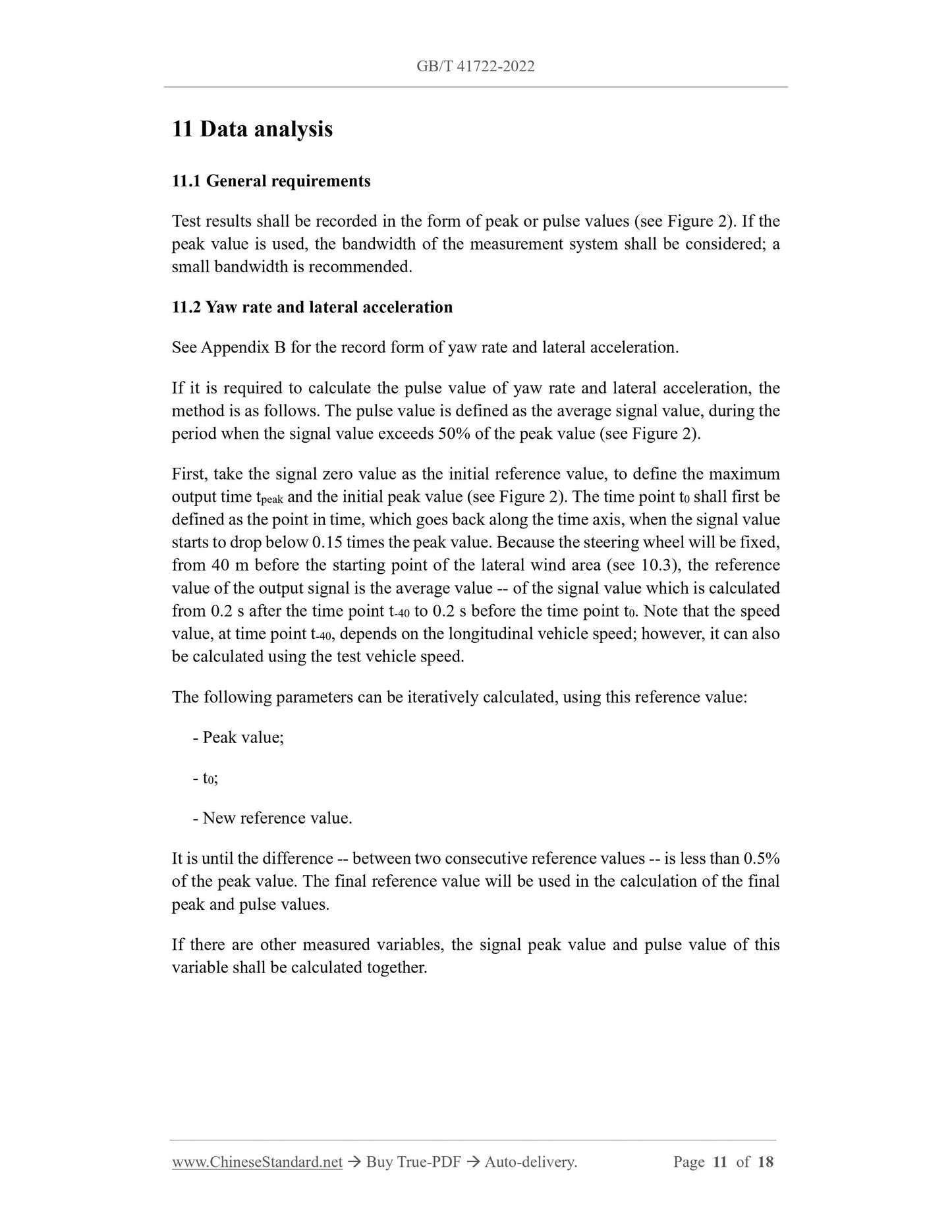1
/
of
7
www.ChineseStandard.us -- Field Test Asia Pte. Ltd.
GB/T 41722-2022 English PDF (GB/T41722-2022)
GB/T 41722-2022 English PDF (GB/T41722-2022)
Regular price
$155.00
Regular price
Sale price
$155.00
Unit price
/
per
Shipping calculated at checkout.
Couldn't load pickup availability
GB/T 41722-2022: Road vehicles - Sensitivity to lateral wind - Open-loop test method using wind generator input
Delivery: 9 seconds. Download (and Email) true-PDF + Invoice.Get Quotation: Click GB/T 41722-2022 (Self-service in 1-minute)
Newer / historical versions: GB/T 41722-2022
Preview True-PDF
Scope
This document specifies an open-loop test method for lateral wind susceptibility testingof vehicles, as produced by wind generator.
This document is applicable to M1 and N1 category vehicles. It also applies to passenger
car combinations. Other types of vehicles can be implemented with reference to this
document.
Note: The test conditions, which are specified in this document, do not represent the real driving
conditions; it can be used to quantitatively test the response of the vehicle to the lateral wind.
The lateral wind conditions, which are specified in this document, are not directly simulating
natural wind conditions; the specified wind speeds are equivalent to harsher conditions under
natural conditions.
Basic Data
| Standard ID | GB/T 41722-2022 (GB/T41722-2022) |
| Description (Translated English) | Road vehicles - Sensitivity to lateral wind - Open-loop test method using wind generator input |
| Sector / Industry | National Standard (Recommended) |
| Classification of Chinese Standard | T04 |
| Classification of International Standard | 43.020 |
| Word Count Estimation | 14,168 |
| Date of Issue | 2022-10-14 |
| Date of Implementation | 2023-05-01 |
| Issuing agency(ies) | State Administration for Market Regulation, China National Standardization Administration |
Share
